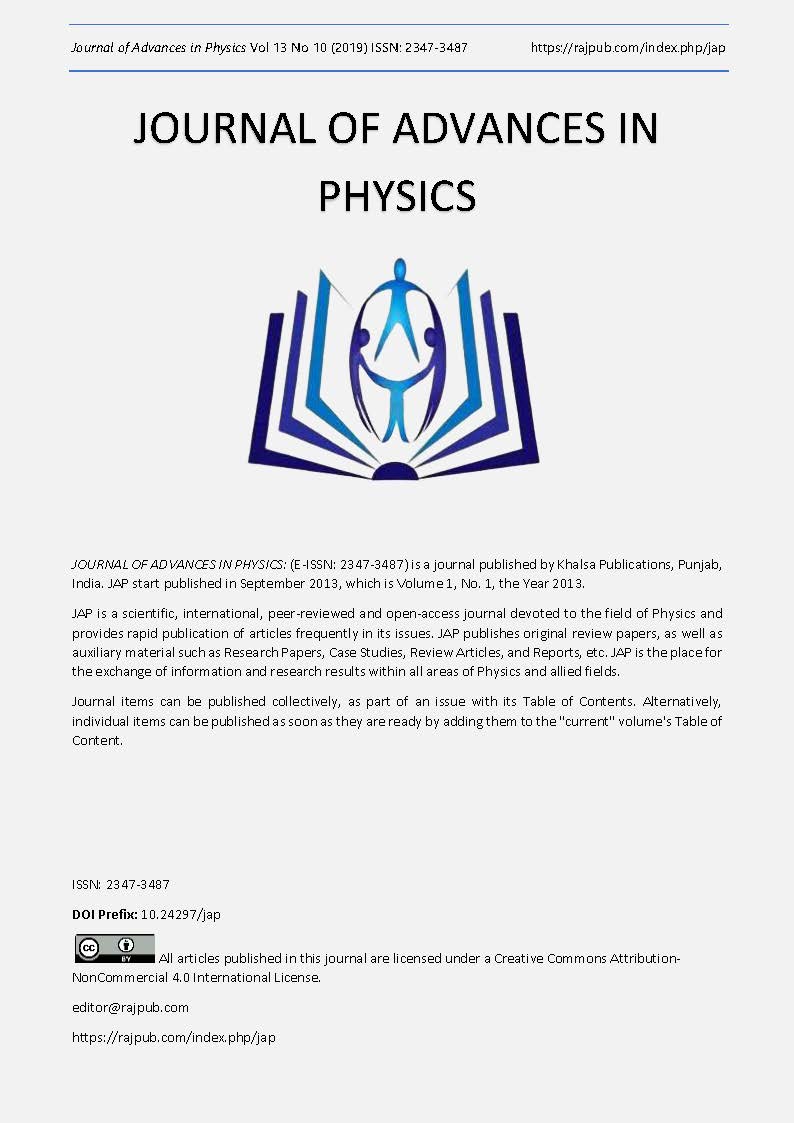The Influence of Fat Suppression Technique on Diffusion-weighted (DW) MRI in Lung Cancer
DOI:
https://doi.org/10.24297/jap.v13i10.6113Keywords:
Lung Cancer, Apparent Diffusion Coefficient (ADC), Fat suppression technique, STIR, SPAIR, Diffusion-weighted MRIAbstract
Purpose: To qualitatively and quantitatively investigate the effect of common vendor-related sequence variations in fat suppression techniques on the diagnostic performance of free-breathing DW protocols for lung imaging.
Methods: 8 patients with malignant lung lesions were scanned in free breathing using two diffusion-weighted (DW) protocols with different fat suppression techniques: DWA used short-tau inversion recovery (STIR), and DWB used Spectral Adiabatic Inversion Recovery (SPAIR). Both techniques were obtained at two time points, between 1 hour and 1 week apart. Image quality was assessed using a 5-point scoring system. The number of lesions visible within lung, mediastinum and at thoracic inlet on the DW (b=800 s/mm2) images was compared. Signal-to-noise ratios (SNR) were calculated for lesions and para-spinal muscle. Repeatability of ADC values of the lesions was estimated for both protocols together and separately.
Results: There was a signal void at the thoracic inlet in all patients with DWB but not with DWA. DWA images were rated significantly better than DWB images overall quality domains. (Cohens κ = 1). Although 8 more upper mediastinal/thoracic inlet lymph nodes were detected with DWA than DWB, this did not reach statistical significance (p = 0.23). Tumour ADC values were not significantly different between protocols (p=0.93), their ADC reproducibility was satisfactory (CoV=7.7%) and repeatability of each protocol separately was comparable (CoVDWA=3.7% (95% CI 2.5 7.1%) and CoVDWB=4.6% (95% CI 3.18.8%)).
Conclusion: In a free-breathing DW-MRI protocol for lung, STIR fat suppression produced images of better diagnostic quality than SPAIR, while maintaining comparable SNR and providing repeatable quantitative ADC acceptable for use in a multicentre trial setting.
Downloads
Downloads
Published
How to Cite
Issue
Section
License
 All articles published in Journal of Advances in Linguistics are licensed under a Creative Commons Attribution 4.0 International License.
All articles published in Journal of Advances in Linguistics are licensed under a Creative Commons Attribution 4.0 International License.




